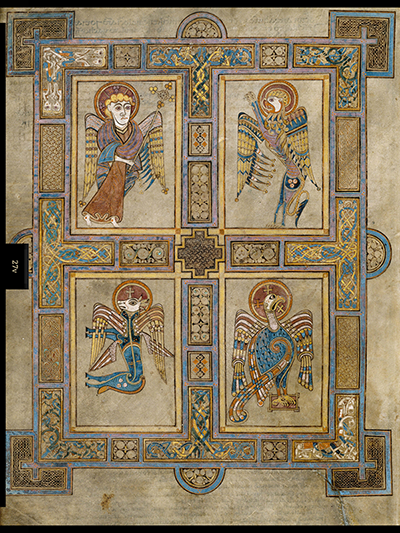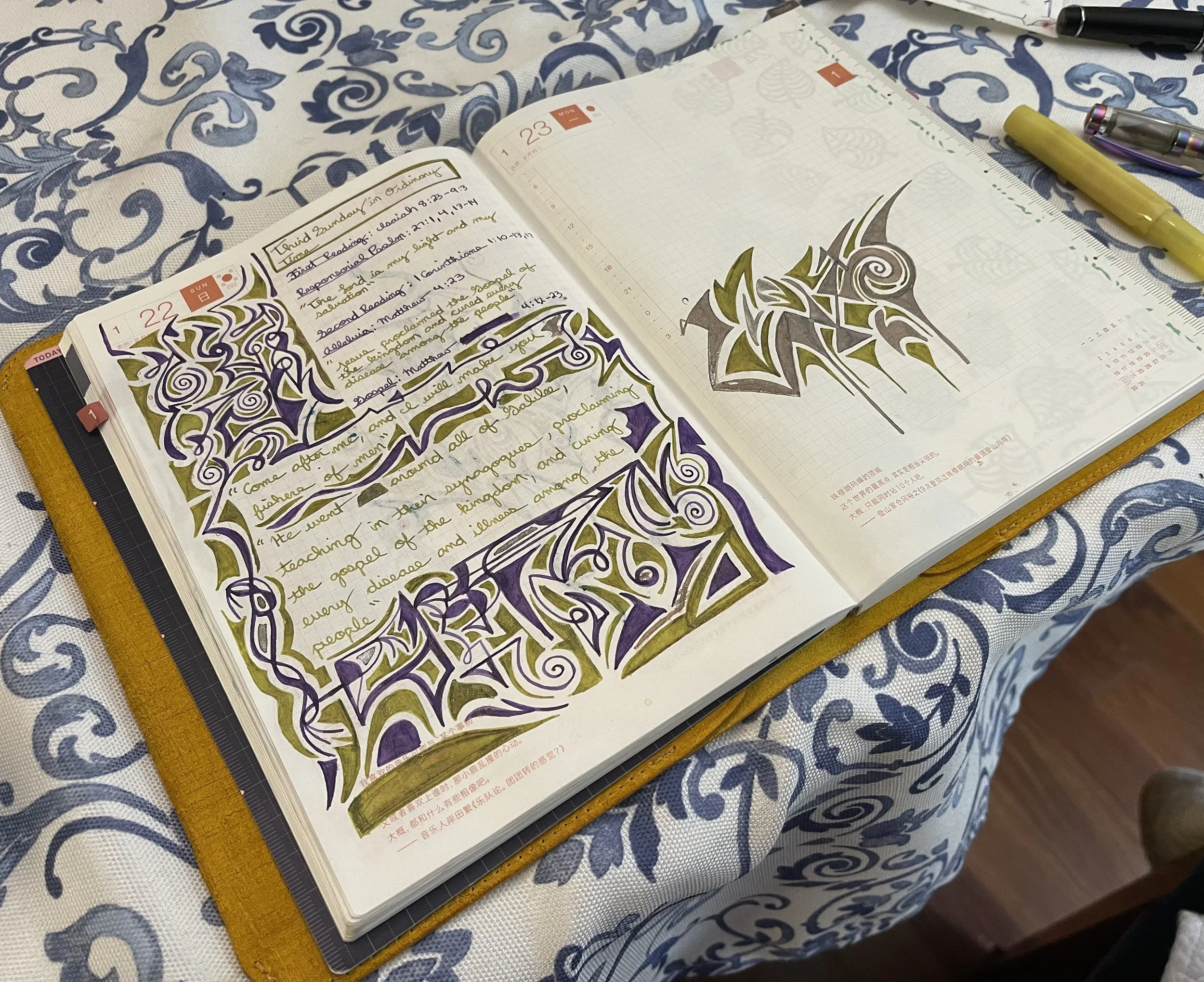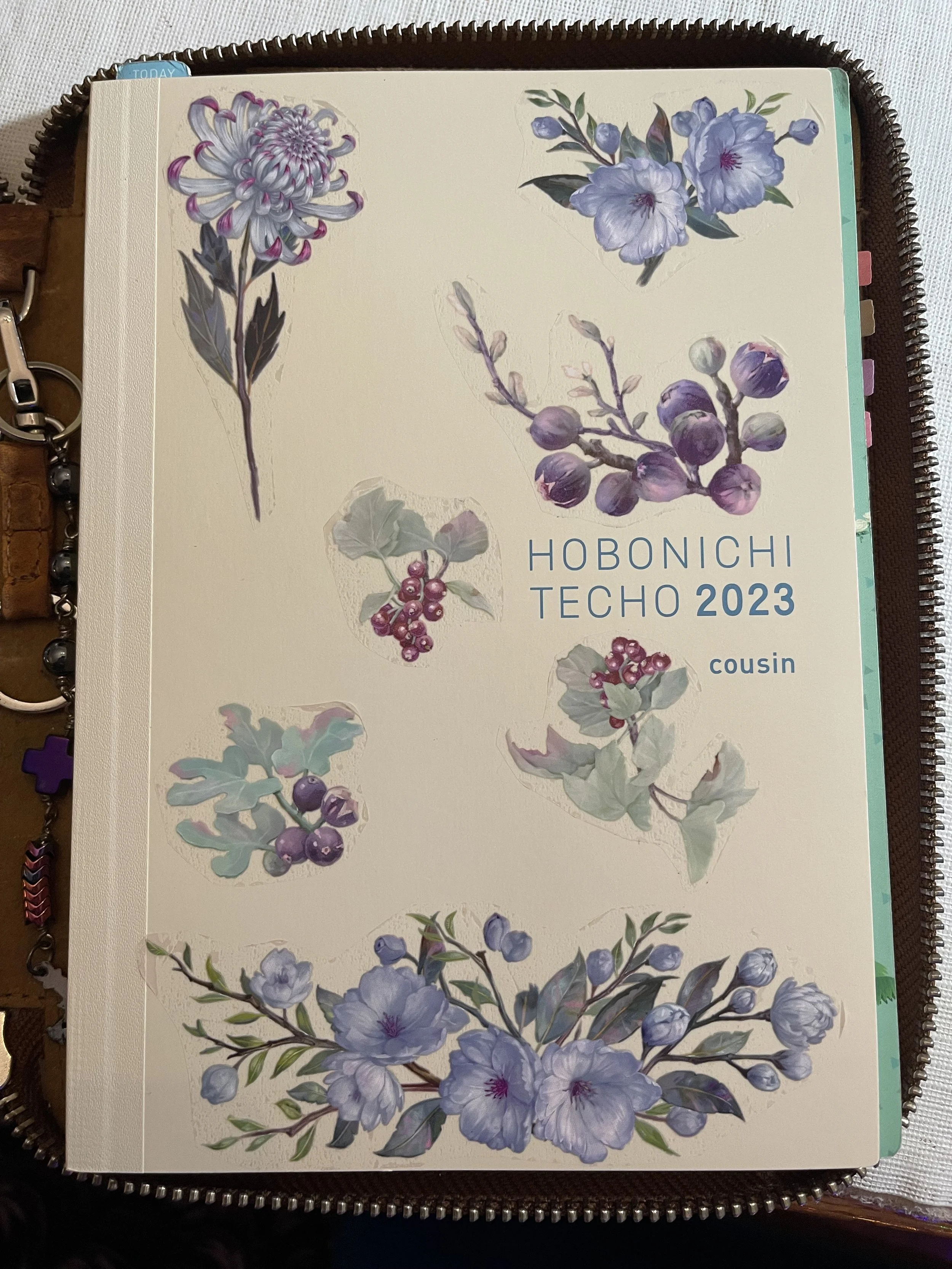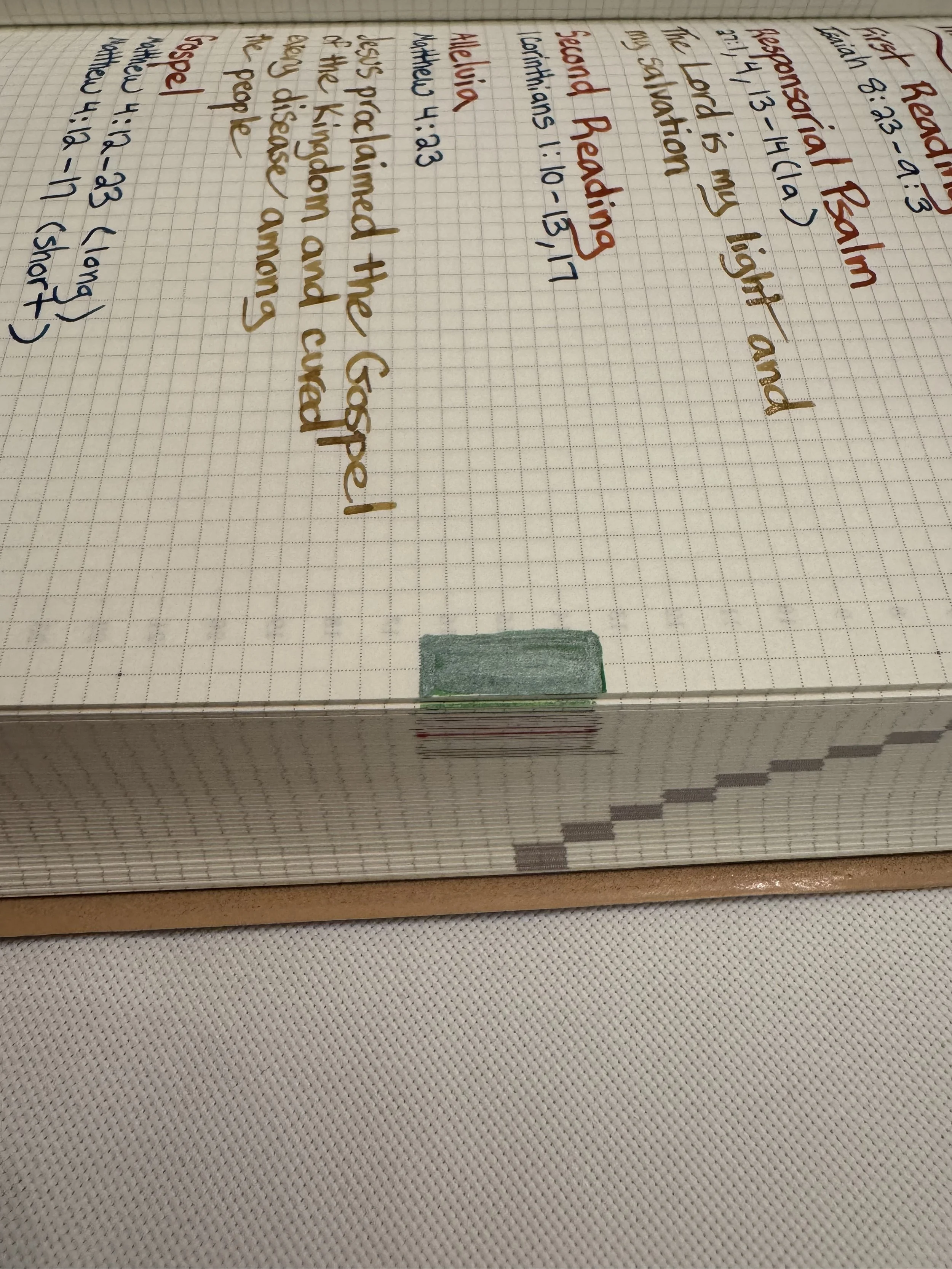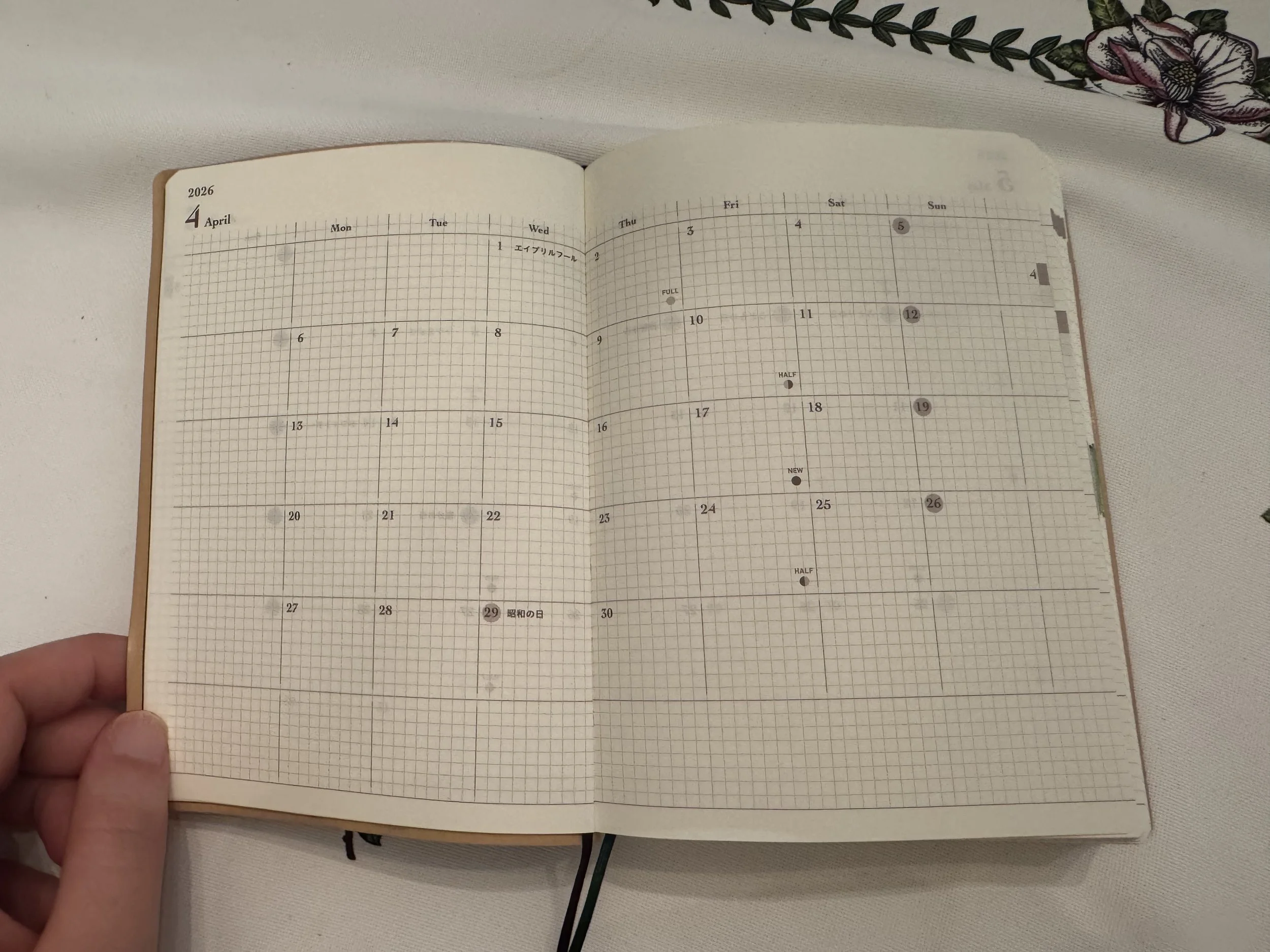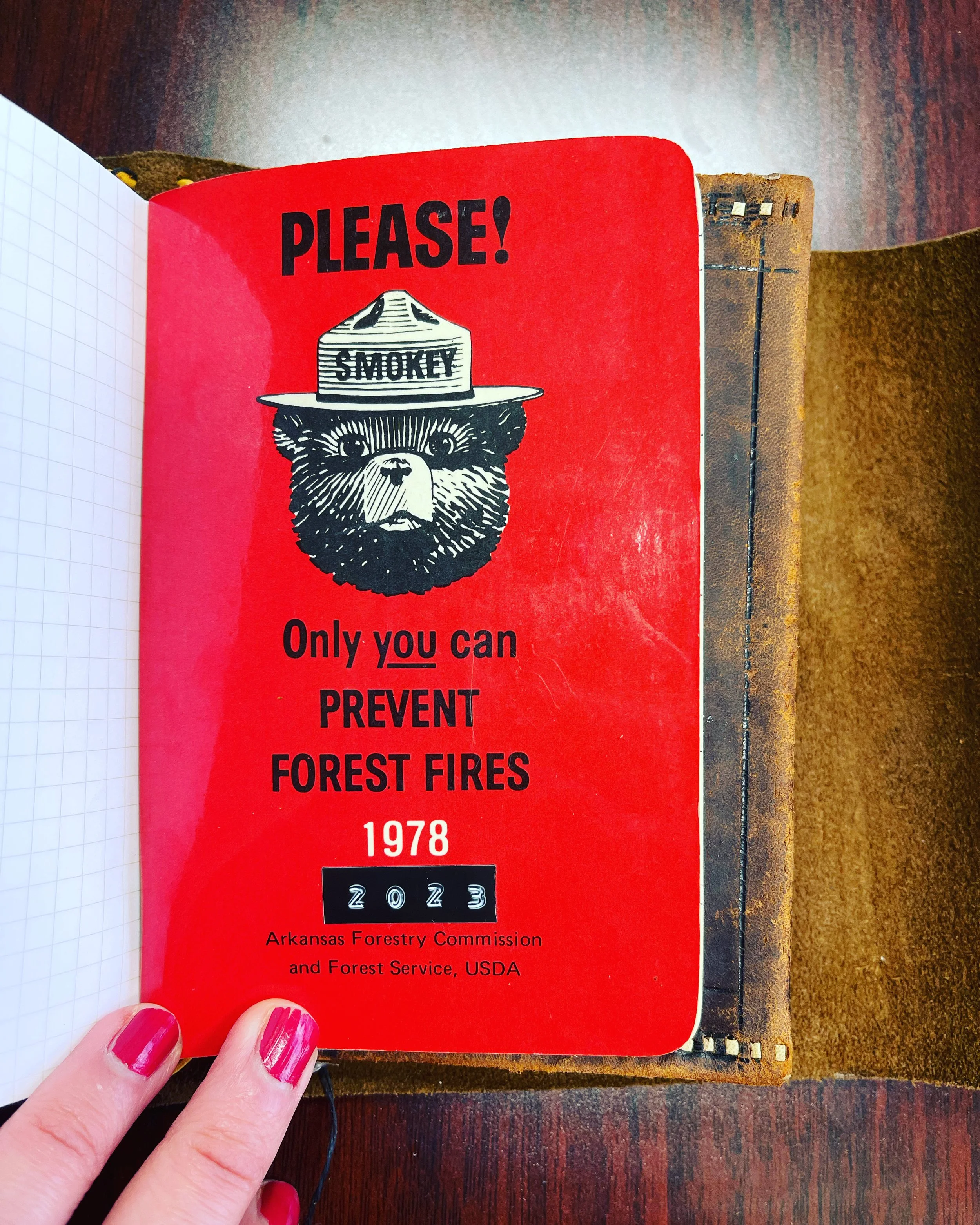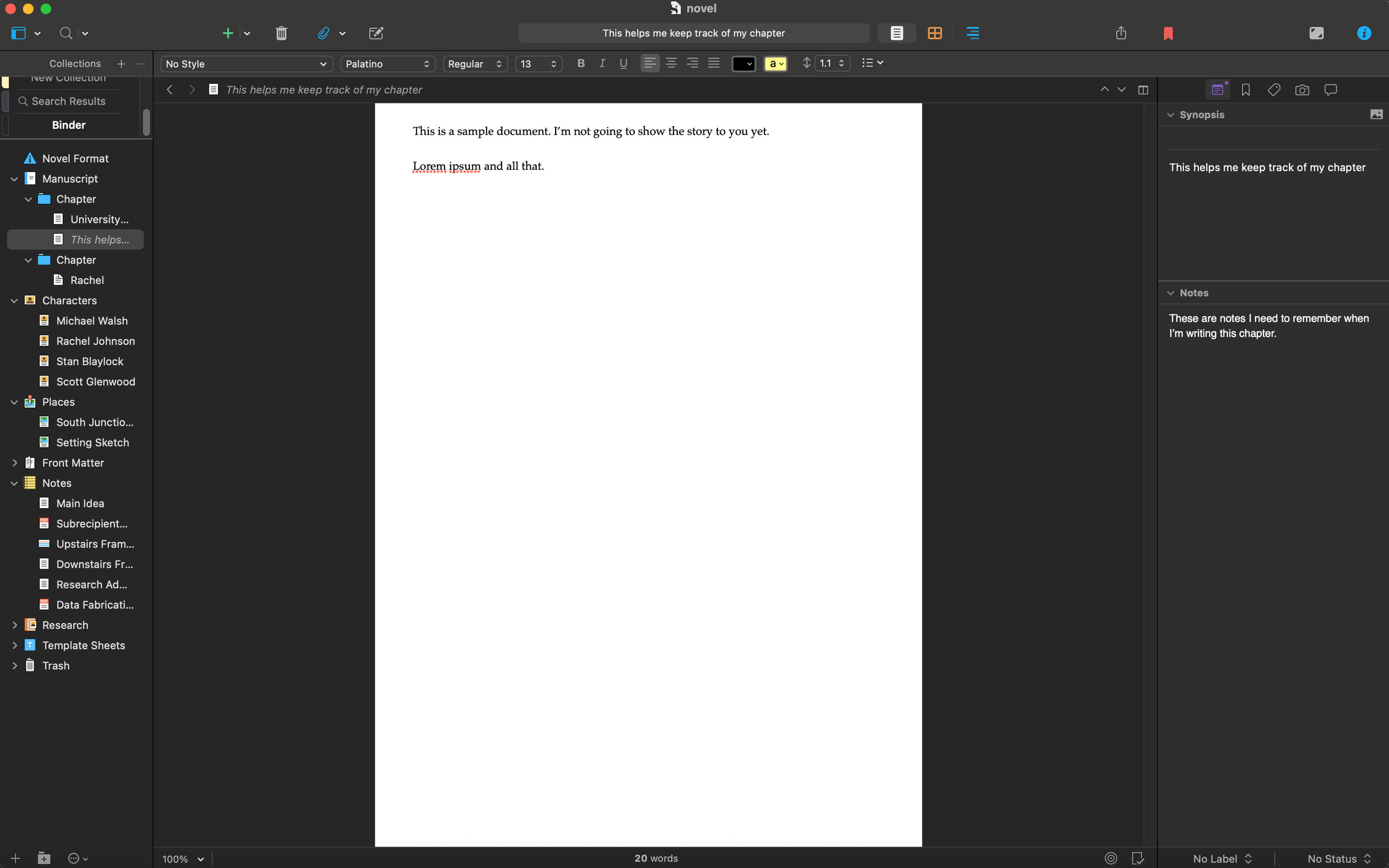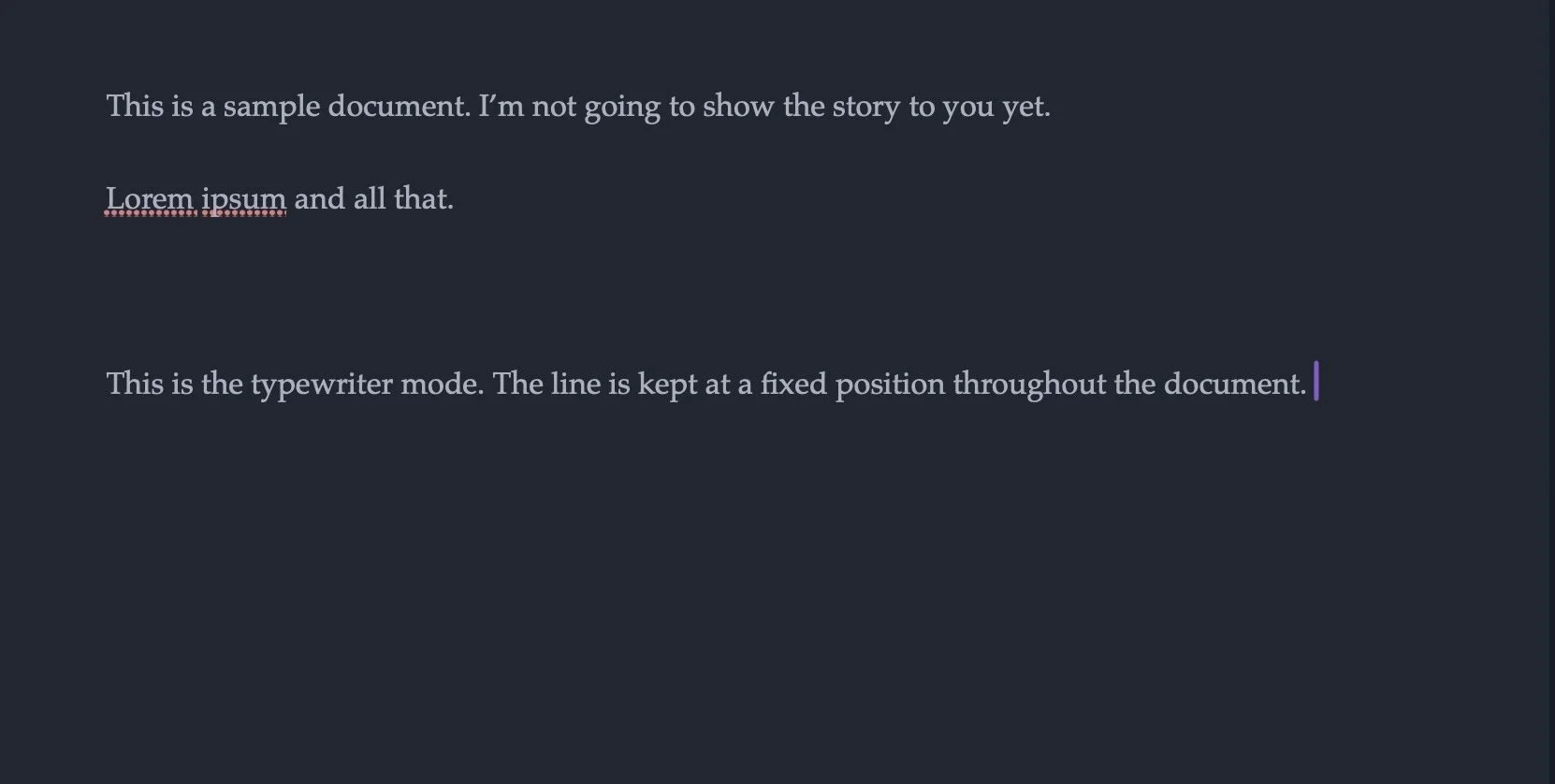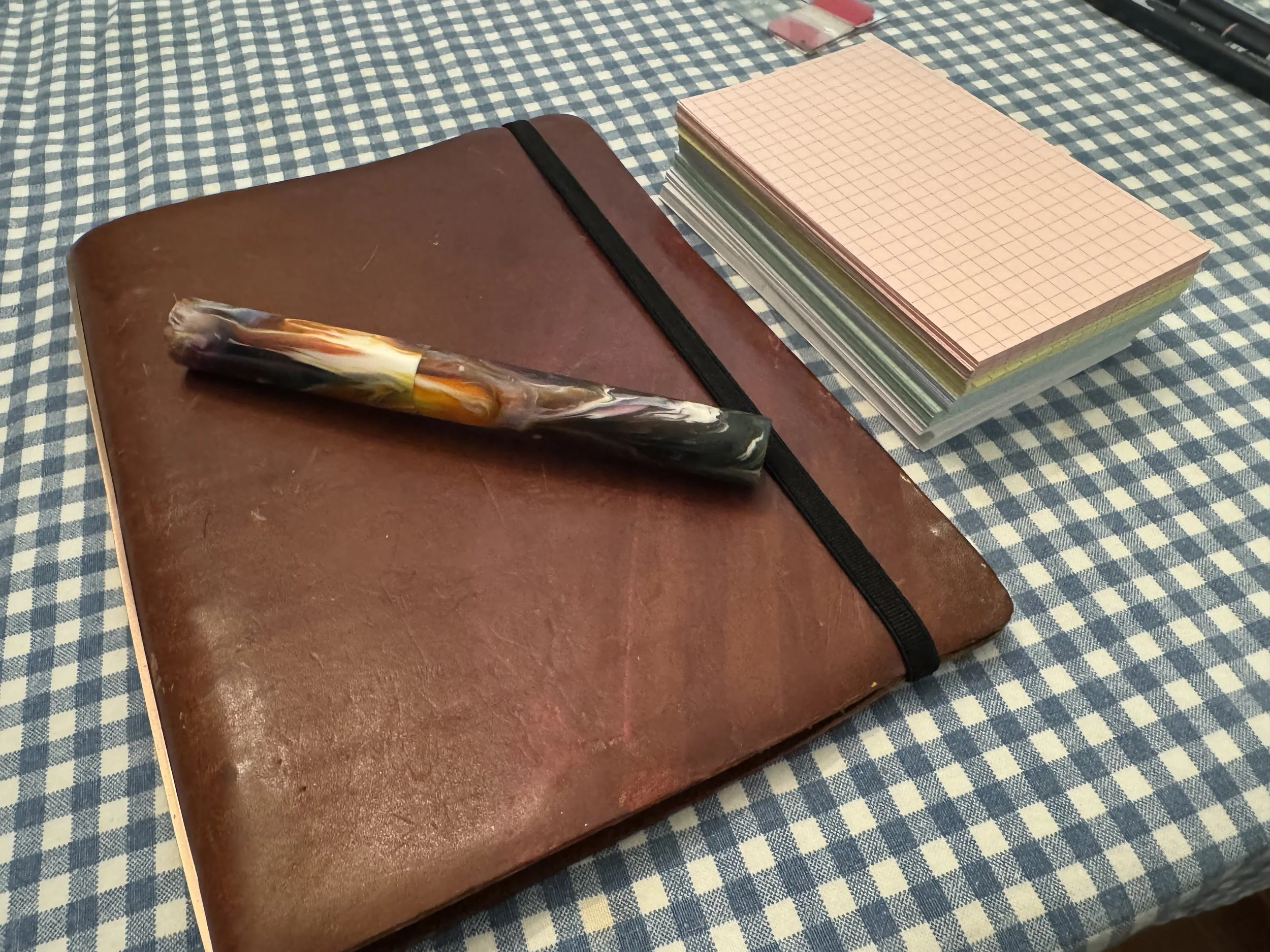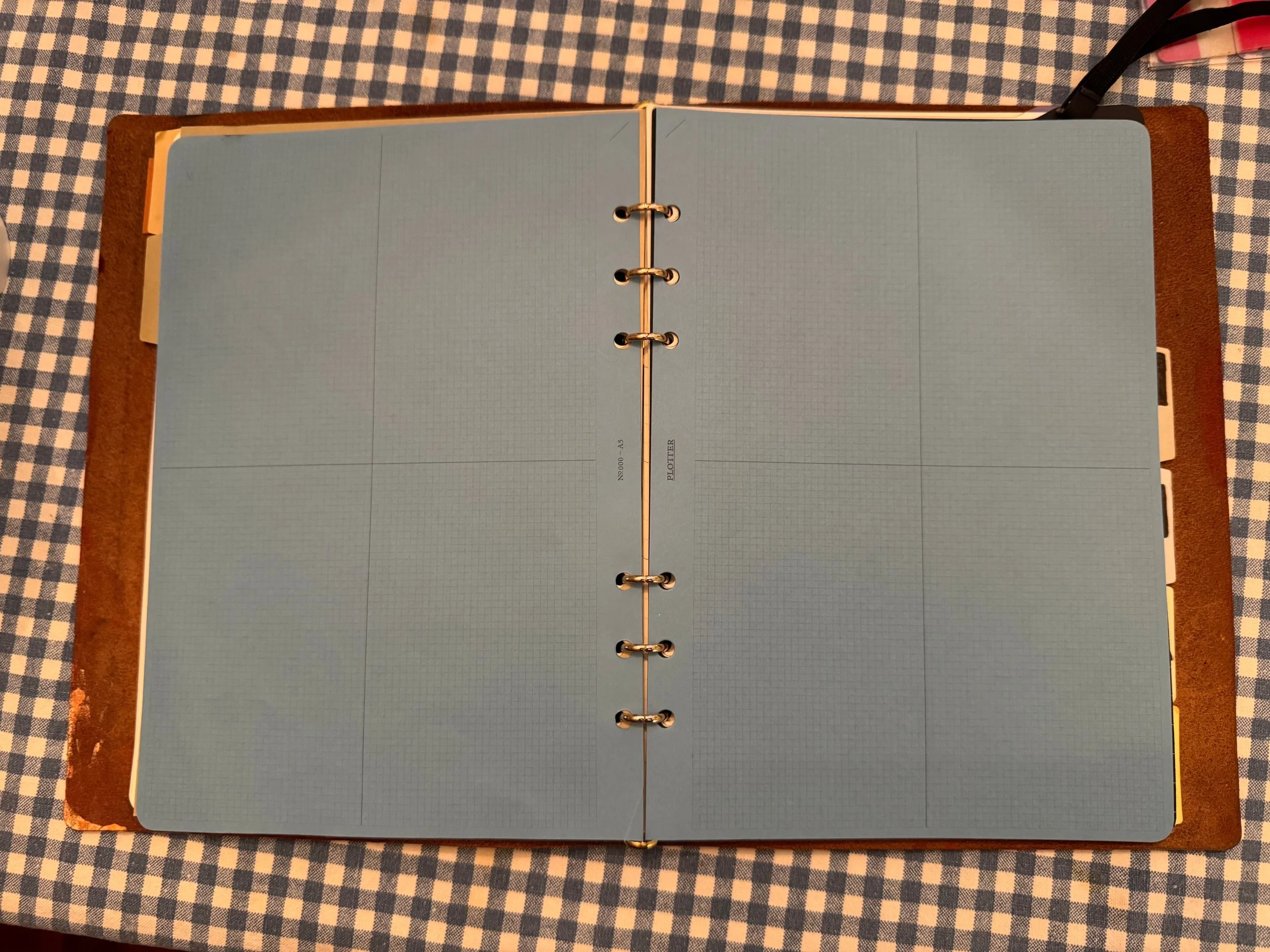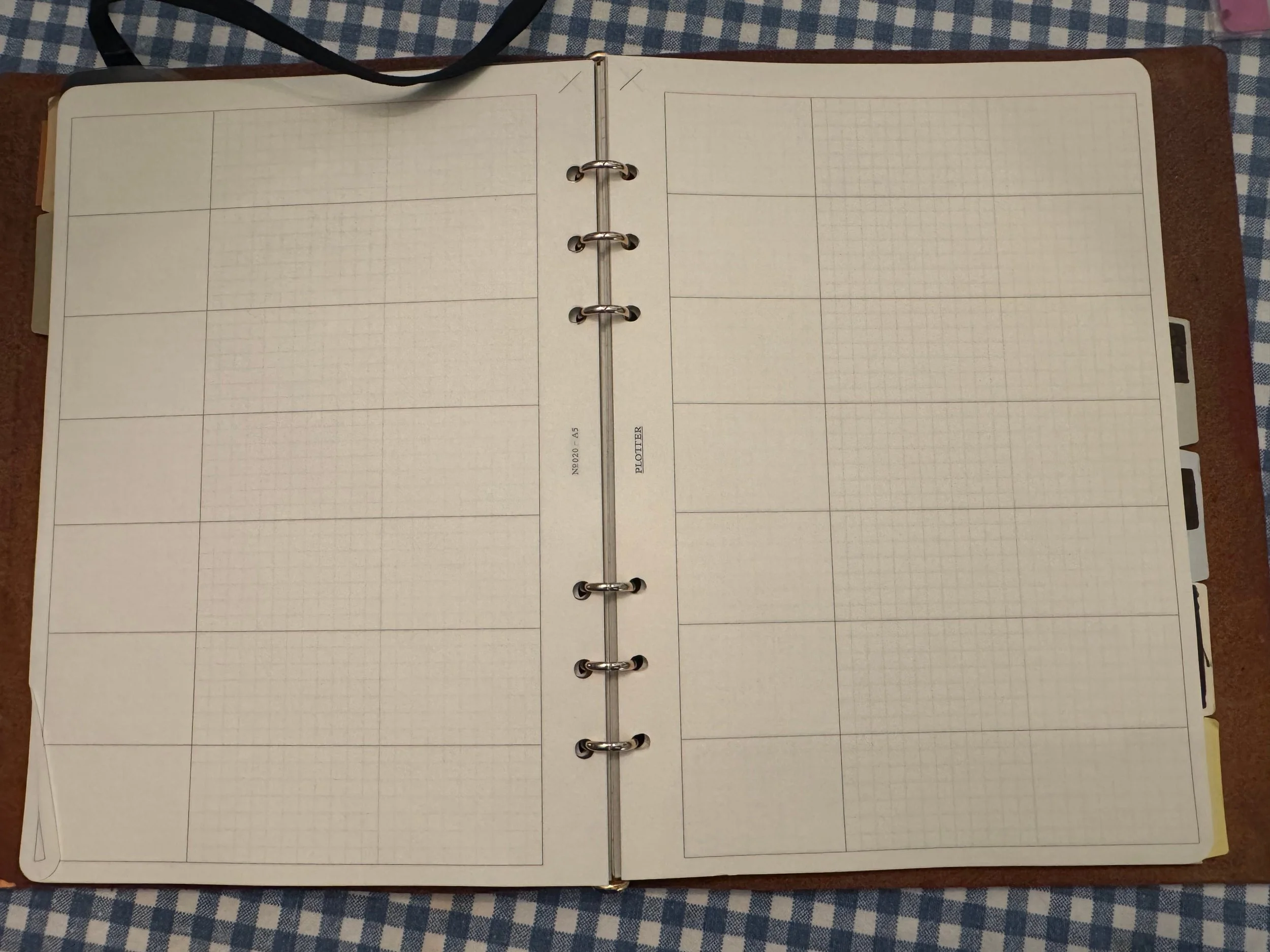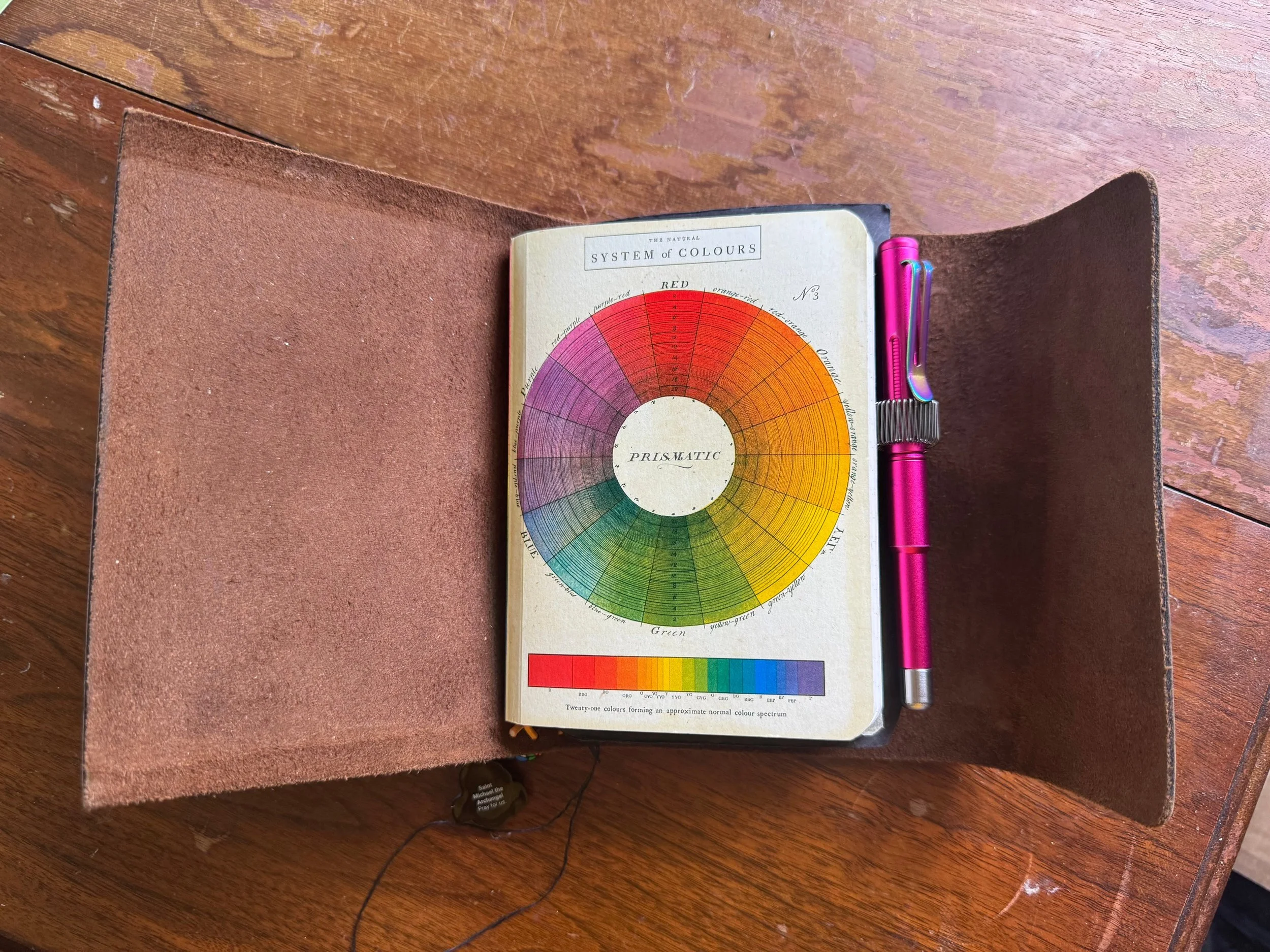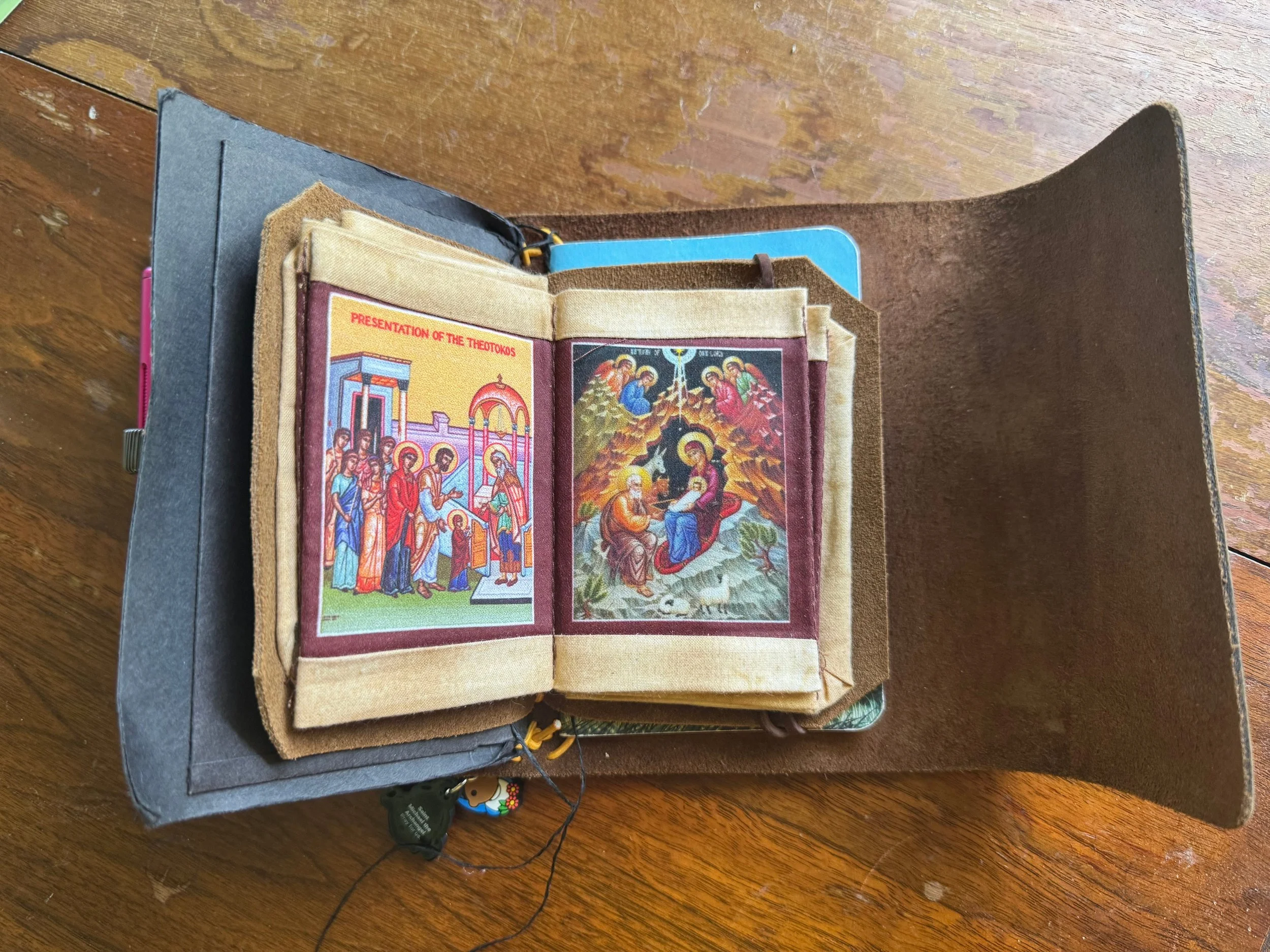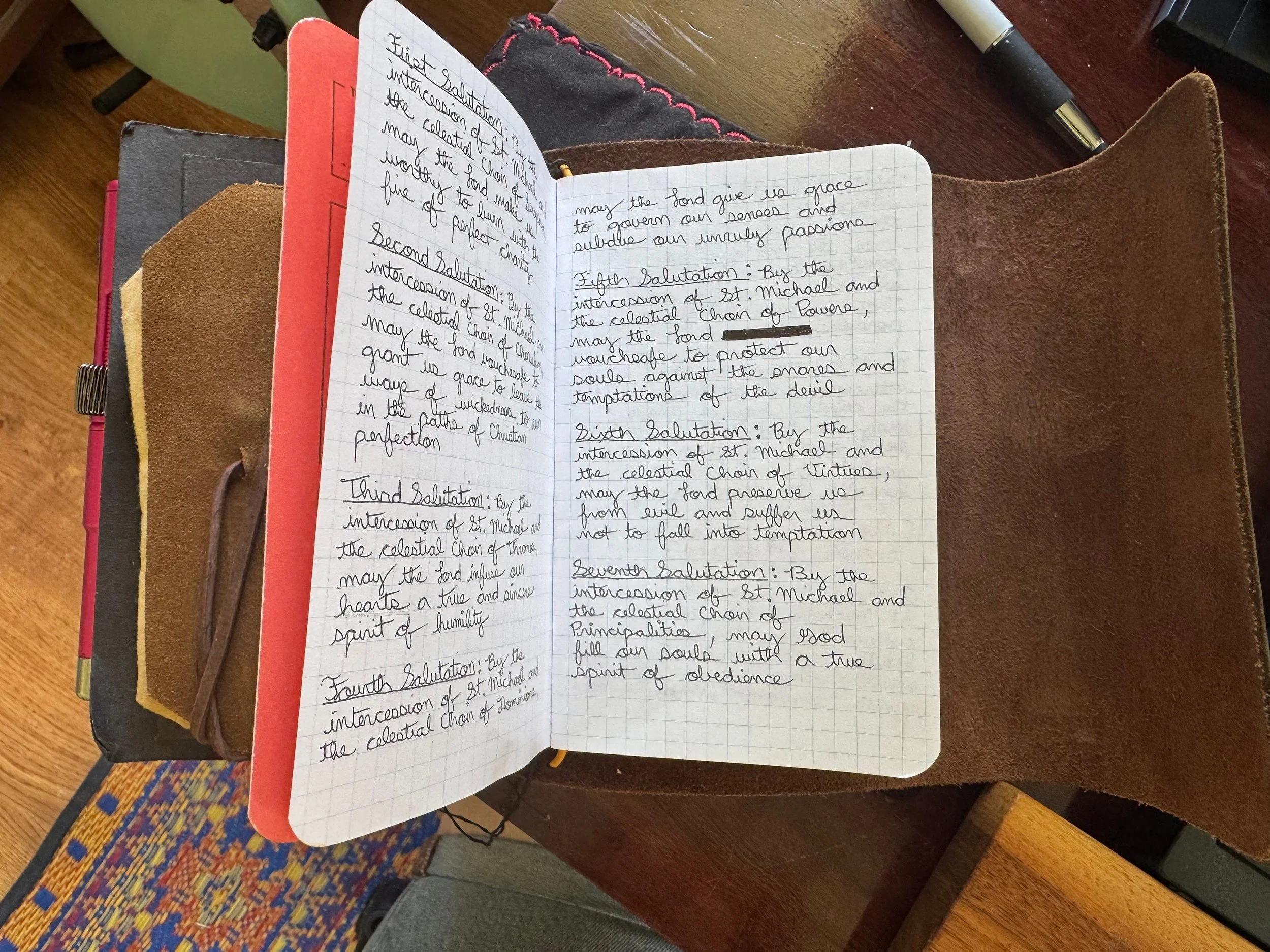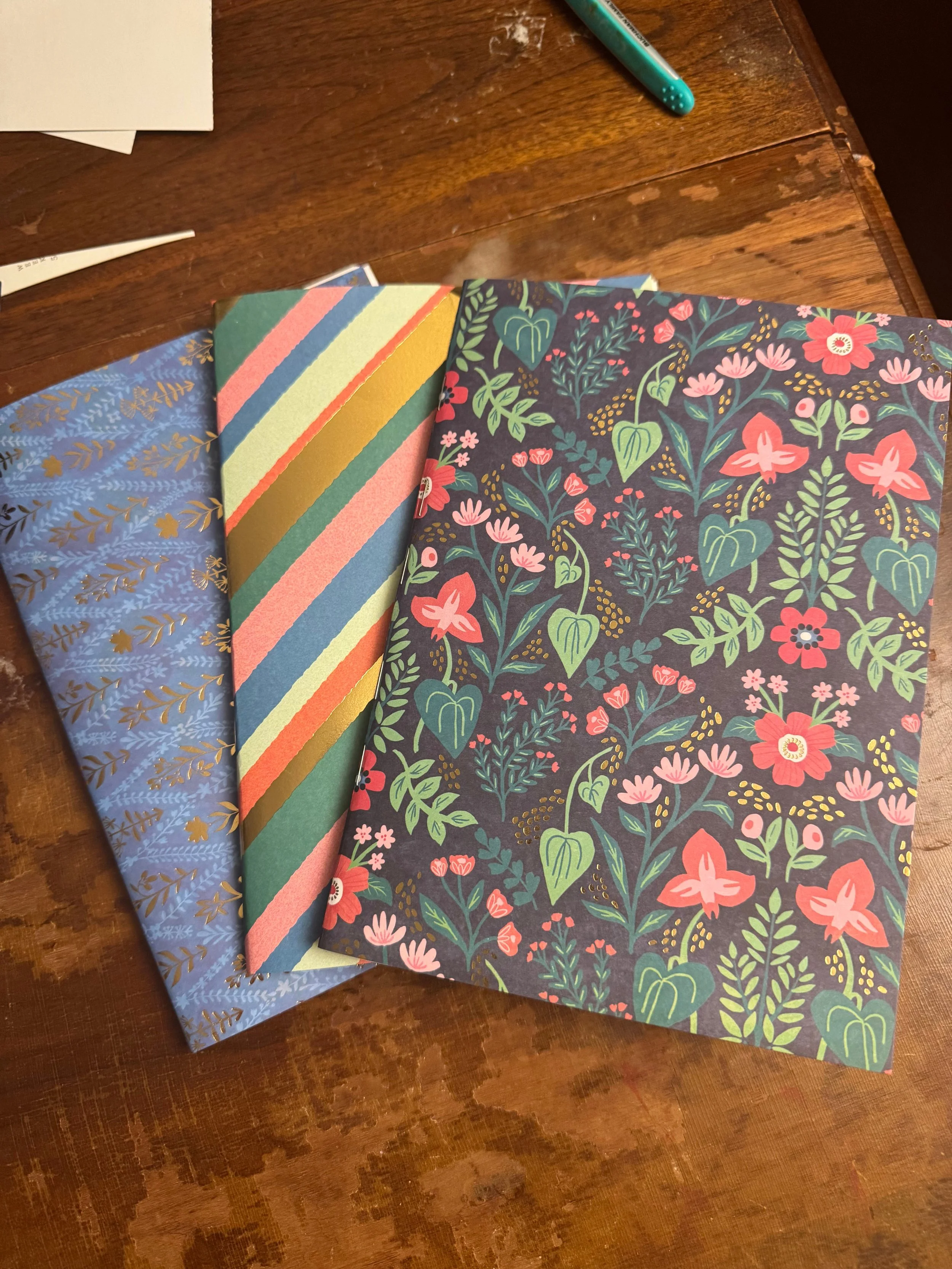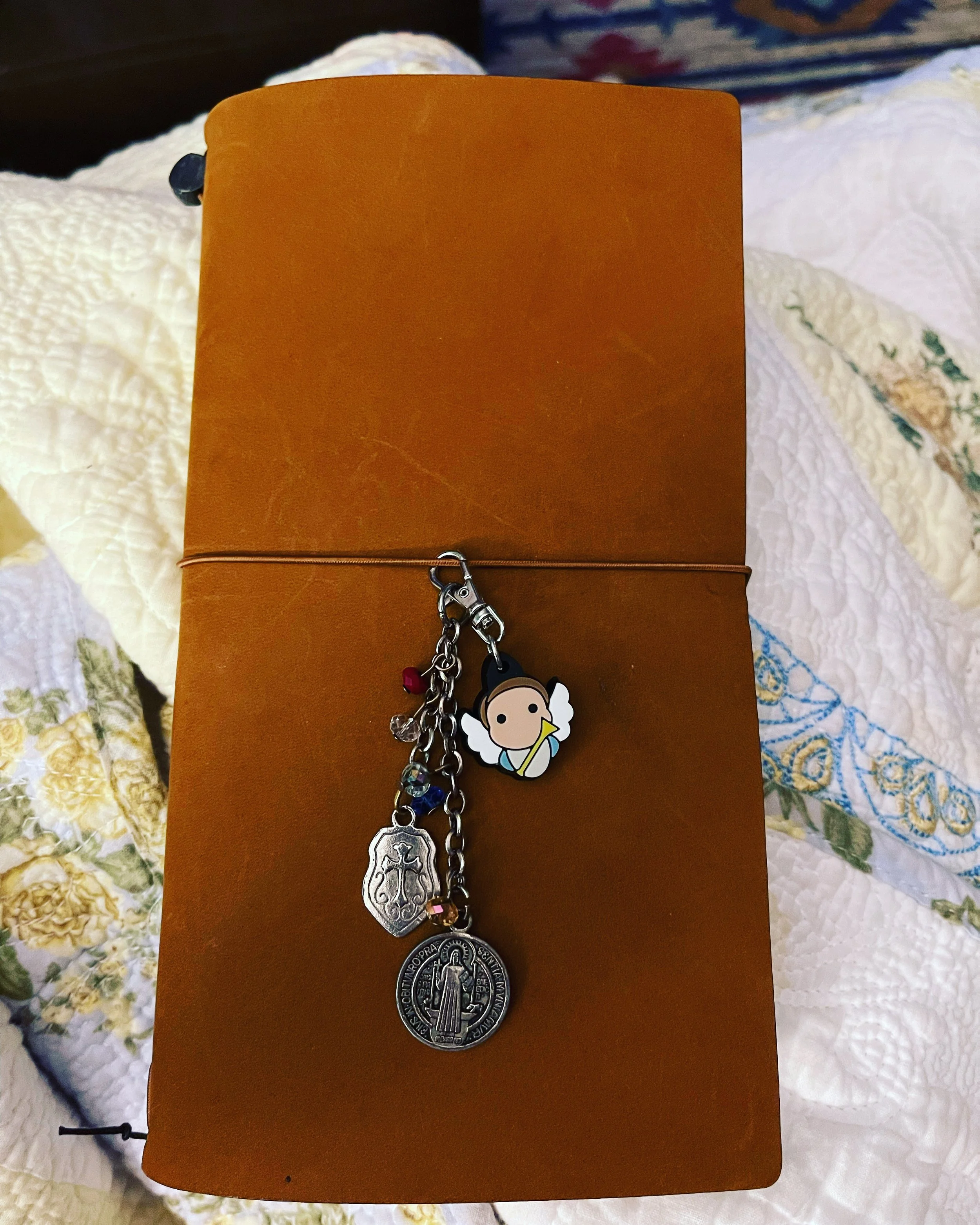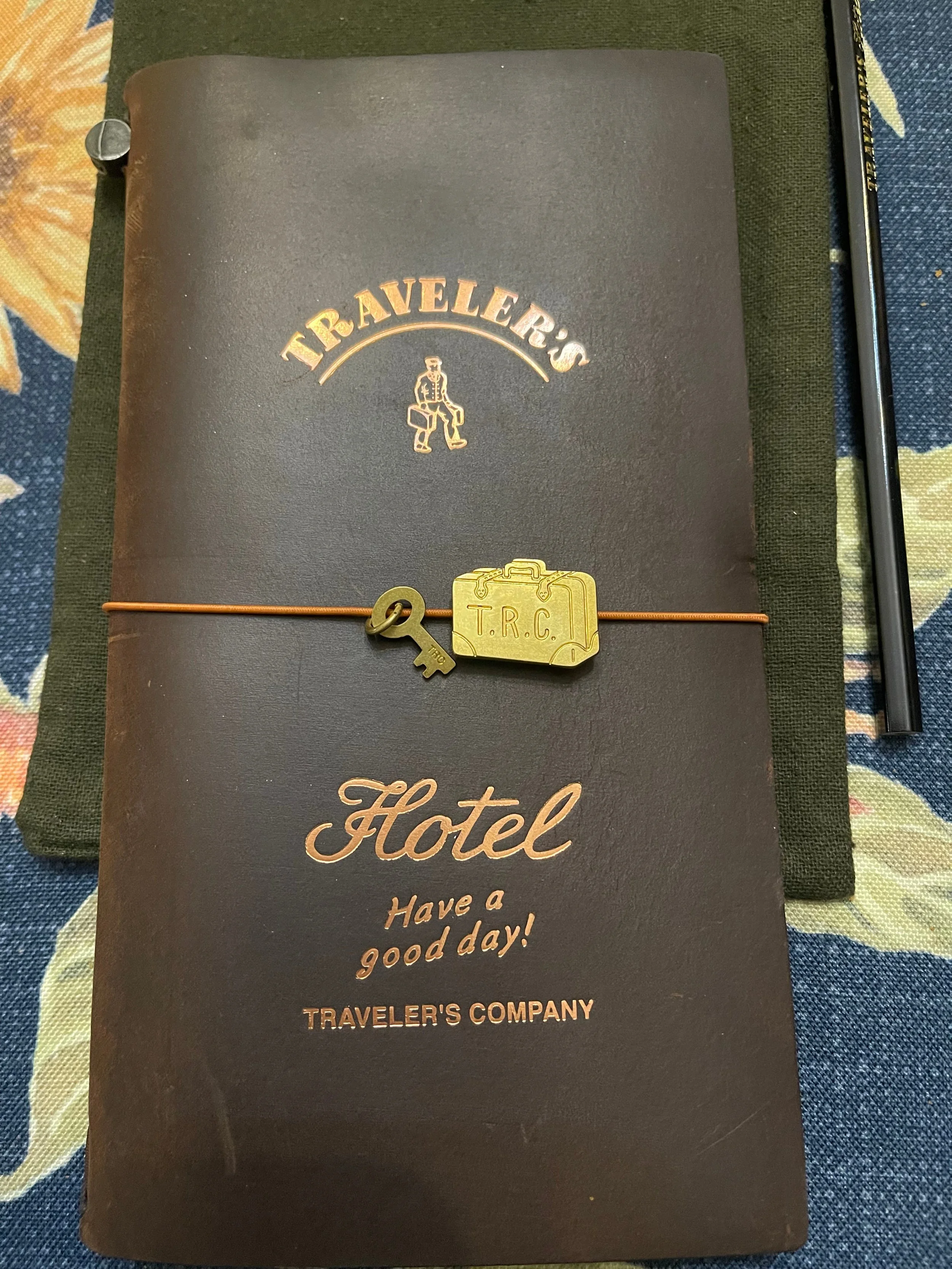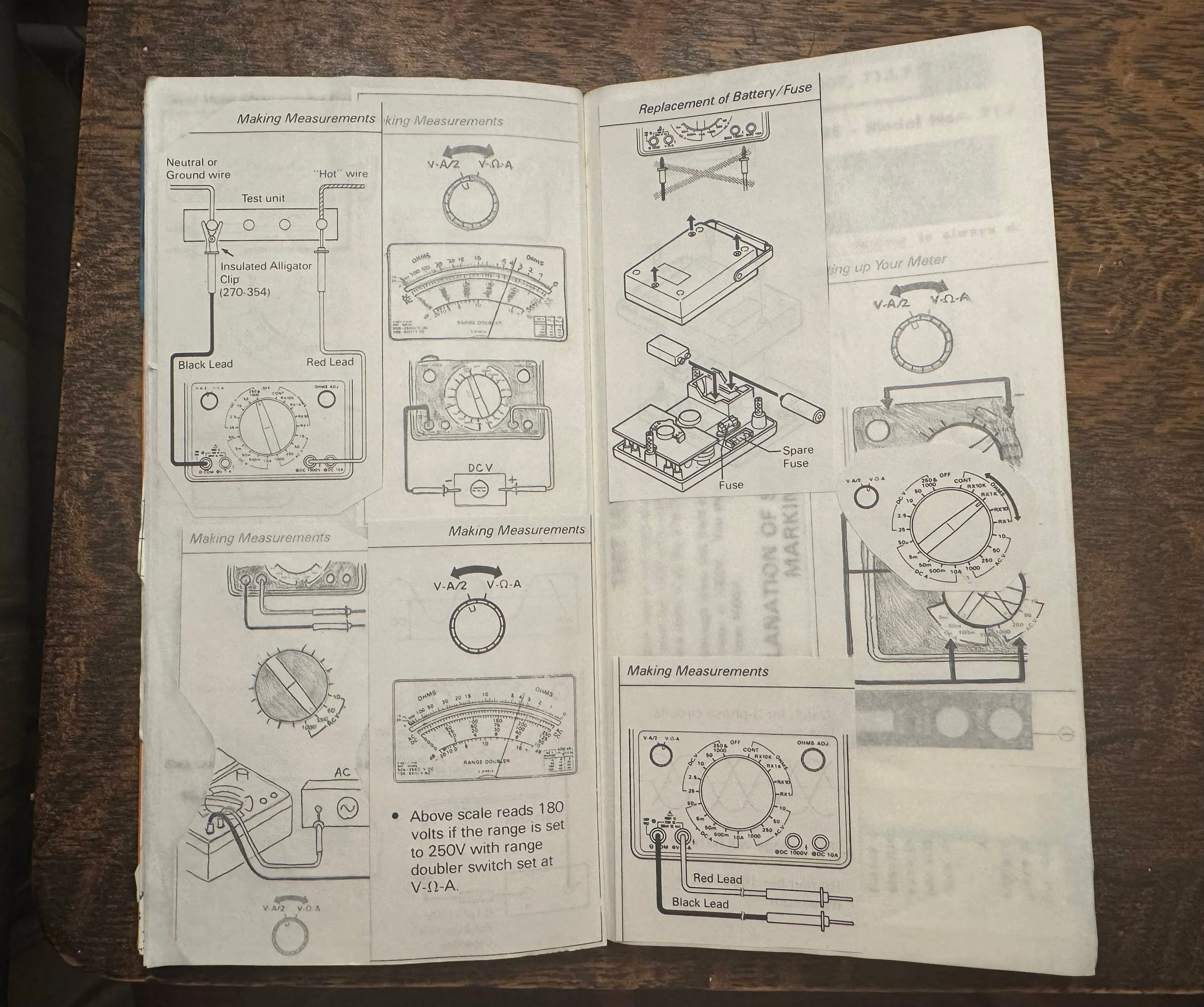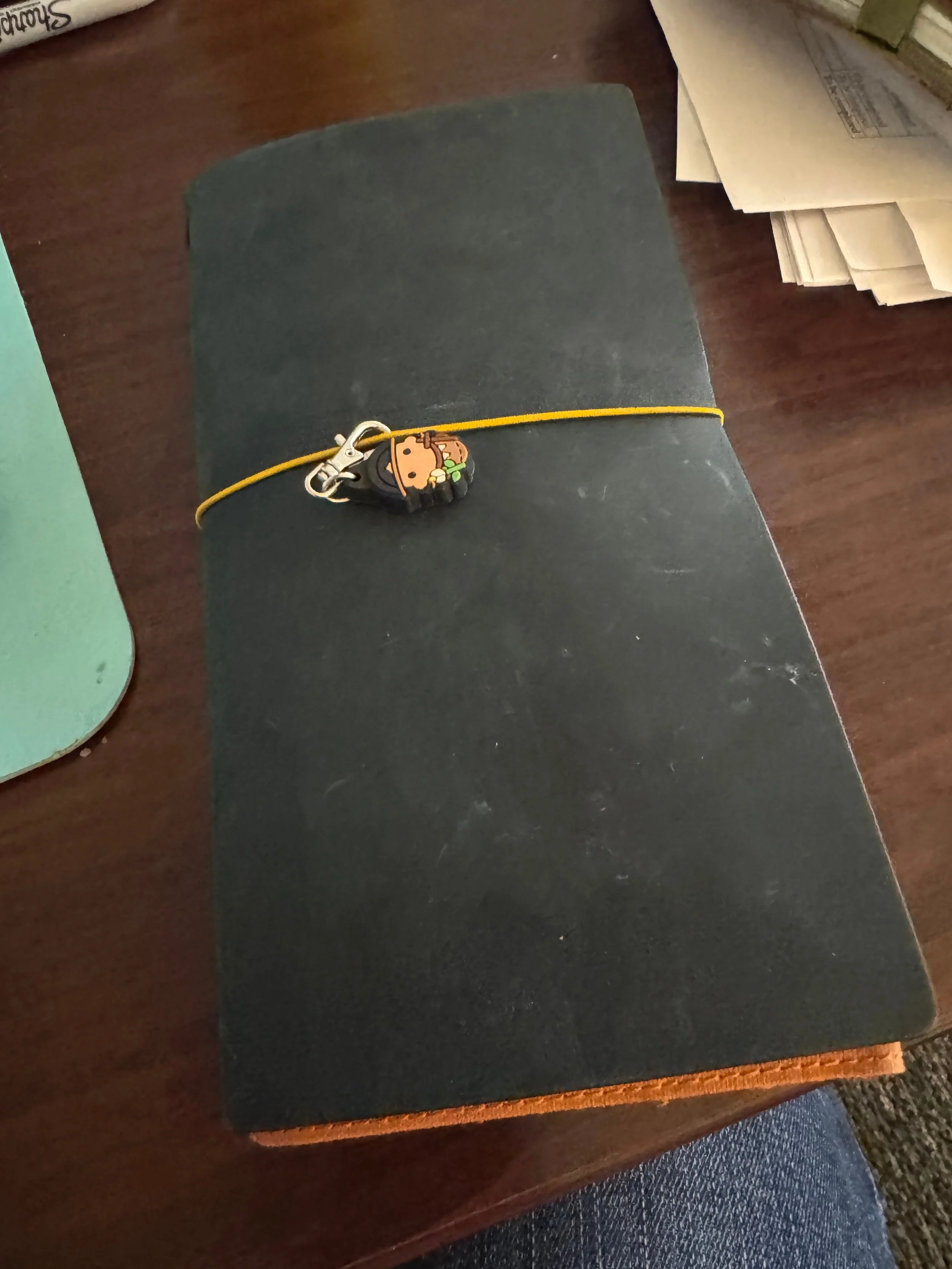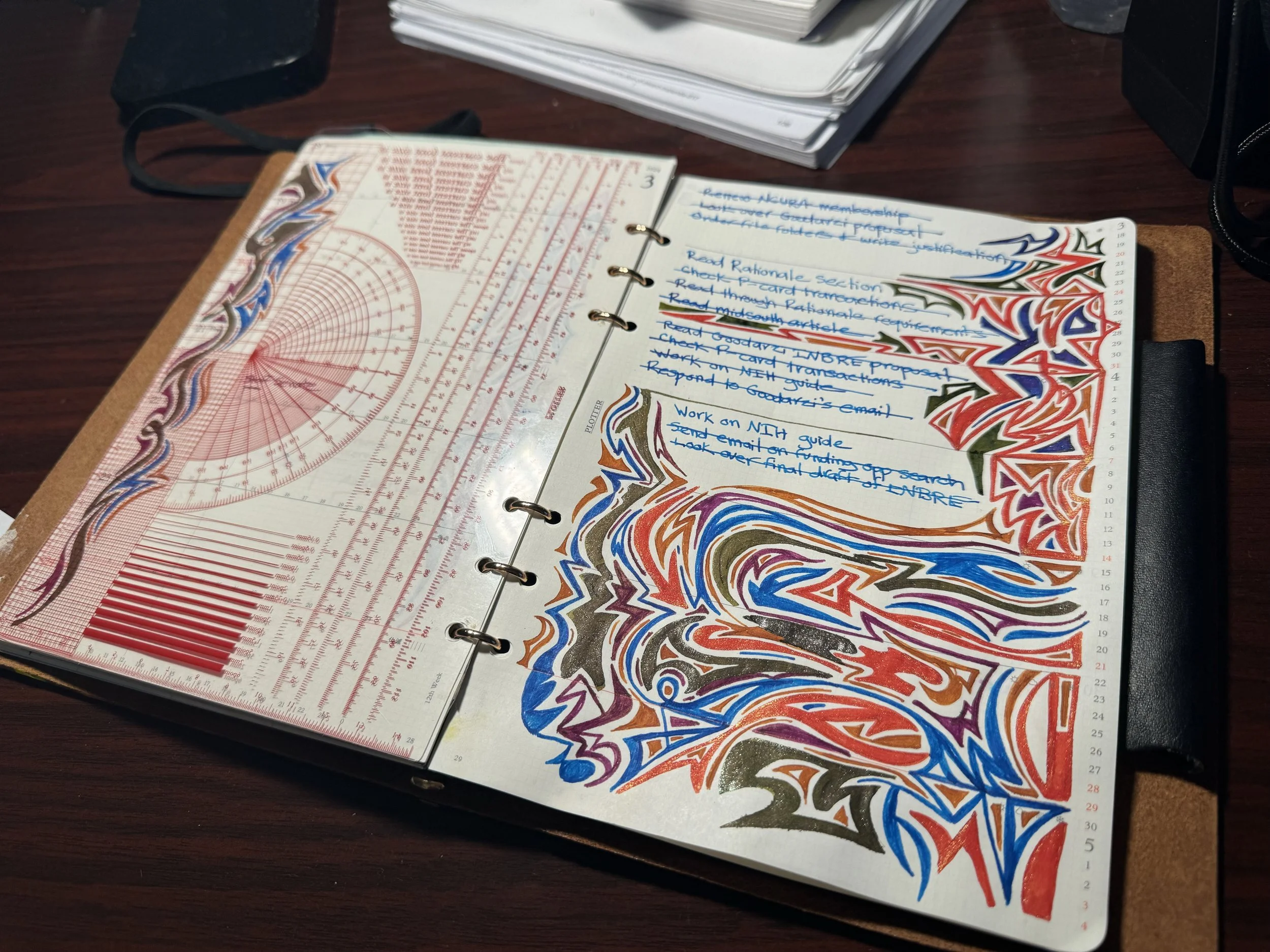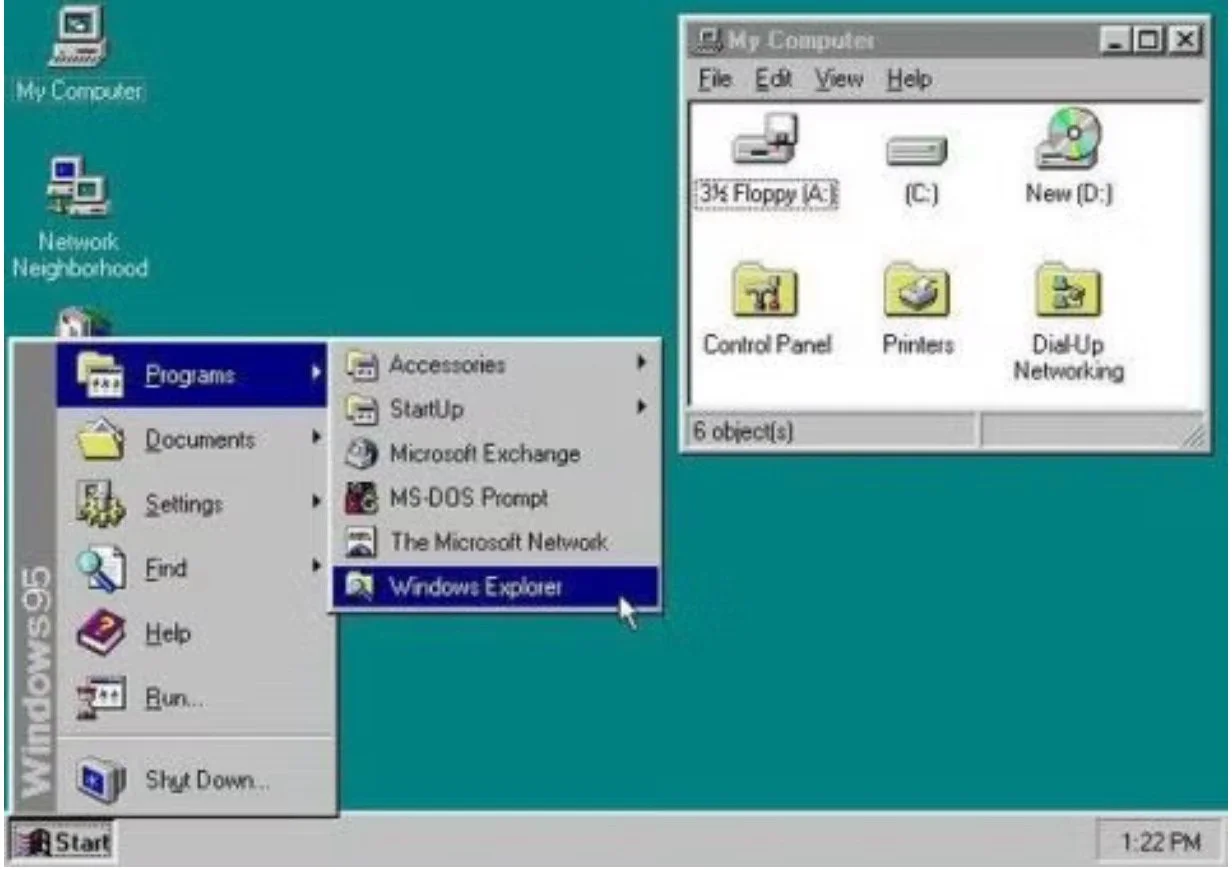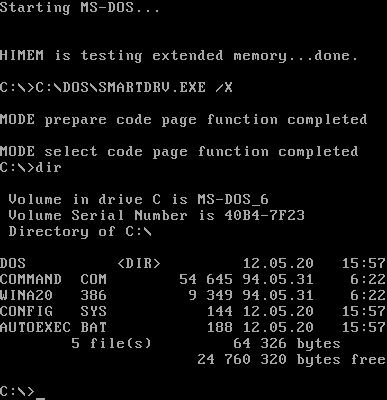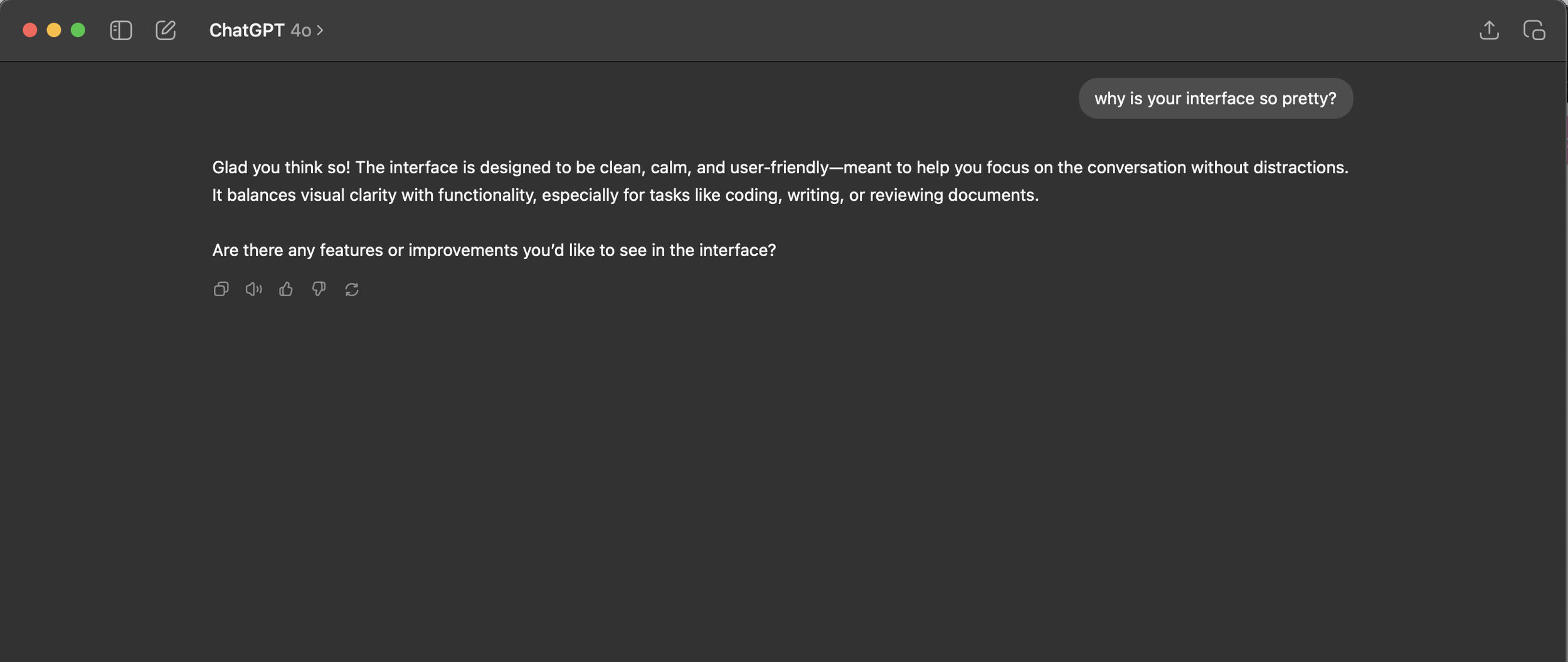Twenty-thousand miles to an oasis
Twenty-thousand years will I burn
Twenty-thousand chances I’ve wasted
Waiting for the moment to turn
This song always pops in my mind every time I drive down Interstate 30 through Texarkana to Dallas. Partly because of the song’s title, Texarkana, from R.E.M’s 1991 album Out of Time. And partly because the lyrics are a reflection of my feelings of driving down Interstate 30. Driving this interstate has always felt long and tedious for me. I always look forward to the reasons to drive down this stretch of road, since I have friends and family who live in North Texas, but the stretch of highway feels still dreary and never-ending, especially on the Texas side.
Walking through the woods, I have faced it
Looking for something to learn
Thirty-thousand thoughts have been wasted
Never in my time to return
This weekend, Mike Mills’ chorus played in my head again as I traveled to the Dallas Pen Show via Interstate 30. I have attended the Arkansas Pen Show for years, and had heard about the larger shows. After sinking my teeth into the Arkansas Pen Club, and a friend at church asking when I was finally going to attend, I decided to travel to Dallas to their annual pen show.
The pen show circuit happens in various locations the world throughout the year, including several states in the United States. A pen show showcases a variety of independent pen makers, pen companies, vintage pen collectors, stationery stores, ink suppliers, and artists. It’s one big writing and art extravaganza that celebrates the art of analog writing, art, and design.
The Arkansas show is held in Little Rock every March. It’s a great starter show because it’s small enough to not feel overwhelming. You can walk around and easily talk to the vendors without having hoards of people surrounding you. Other locations, such as the D.C. Super Show and San Francisco Pen Show, are known to be intense and overwhelming at times.
Before my trip, Lisa Vanness asked if I would be willing to stop by the store on my way out of town to pick up a box of the new Twisbi fountain pens that were arriving after she left for Dallas. I was honored that she trusted me enough to carry an entire box of Twisbi pens in my car without fear that I would smuggle any for myself.
The Dallas show was a step above the Arkansas show, but it didn’t feel overwhelming or intense. The crowd size was larger, but you could still talk to the vendors and hold conversations. I heard from various attendees that this year’s show was the busiest they had ever seen it.
The show was held in the DoubleTree Hotel next to the Galleria. I enjoyed this location, as you felt like you were in the middle of the action with a lot of amenities around you. The hotel was a comfortable setup, with a large roomy lobby area complete with bar, coffee kiosk, and restaurant space. I appreciated this, as I feel like a pen show is more than shopping, but a time to connect with other hobbyists and get to know one another.
The actual pen show space encompassed two rooms. The first ballroom was fairly small. At first I was disappointed because I thought that was the only show space. But then I noticed a hallway off to the right, which took me to a larger space, which was packed with tables and customers. Despite its larger space, it still felt cramped at times with little walking room. But I was able to move around and see what I wanted to see after three or four trips around the space.
My shopping focus on this trip was to focus on unique items that I couldn’t find locally. Dromgoole’s Stationery out of Houston held a large presence in the back of the ballroom, and showcased a variety of stationery goods, from inks and paper, to Plotter products, to Superior Labor notebook covers (way out of my price range, but still fun to dream about), and bags. I found a Mont Blanc ink that I had been eyeing online for a while, the Enzo Ferrari purple special edition ink. I also found a bolt-action rollerball pen from Tactile Turn Pen Company, an independent pen company in Texas, and a Bento Bag from Rickshaw Bagworks, from which I received a free Retro 51 Tornado rollerball pen.
Rickshaw Bento Bag
My free Retro 51 Tornado: The MET - Louis C. Tiffany Favrile Parrots Rollerball
Tactile Turn Bolt-Action pen and Enzo Ferrari purple ink
Enzo Ferrari purple ink
Last, but not least, I took one of my pens to the nibmeister Matthew Chen to get a custom Kodachi grind. Grinding a nib is a technique that modifies a fountain pen nib into a custom shape that allows unique pen strokes when writing. Chen worked closely with established nibmeisters to hone his craft and offer services at various pen shows. He has worked on several of my pens, and does a fantastic job every time. I’m glad I didn’t have to wait until March to see him again. Now that I’m settled with my collection, I now want to focus more on modifying my collection with custom nibs instead of buying new pens.
I was slightly disappointed at the lack of workshops at the show. Many pen shows, including the Arkansas Pen Show, hold various workshops on art, pens, calligraphy, journaling, sketching, and other adjacent activities related to pens and stationery. This show only had four workshops, and the topics didn’t seem too interesting. Even though much of my time was filled up with activities outside of the show with family and friends, I wish I could have attended a class that allowed me to explore my own artistic or journaling practice in new ways.
In my own journey with the hobby, I find myself longing for more opportunities to use what I have in new ways instead of just buying new items. I want opportunities to connect and create, not just shop. Though shopping is fun, I also like prudence. I have moved on from the experimental journey in my collecting and am moving into using what I already have in new ways. I hope pen shows in the future find opportunities to allow people to create and socialize instead of just consume. I think balance is needed to create a comfortable and enriching experience that allows artists and writers to gather and create together using tools they love.
Overall, though, it was a fantastic time, and it was worth the endless Interstate 30 drugery through the north Texas terrain. It was a great experience, and I look forward to the next Arkansas Pen Show in March. I’m learning and growing in this hobby, and seeing how these tools can be used to express myself and connect with others.
Catch me if I fall
